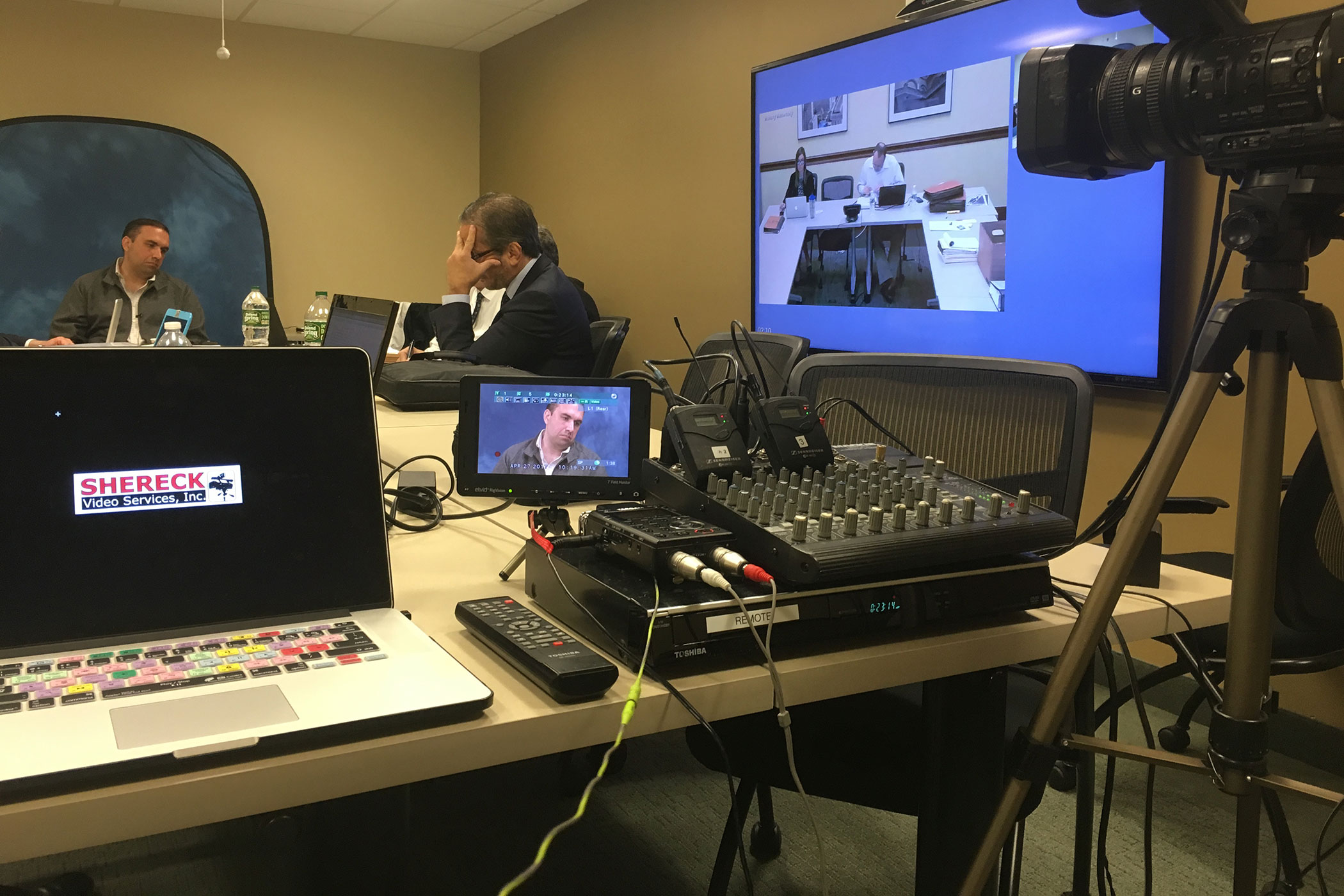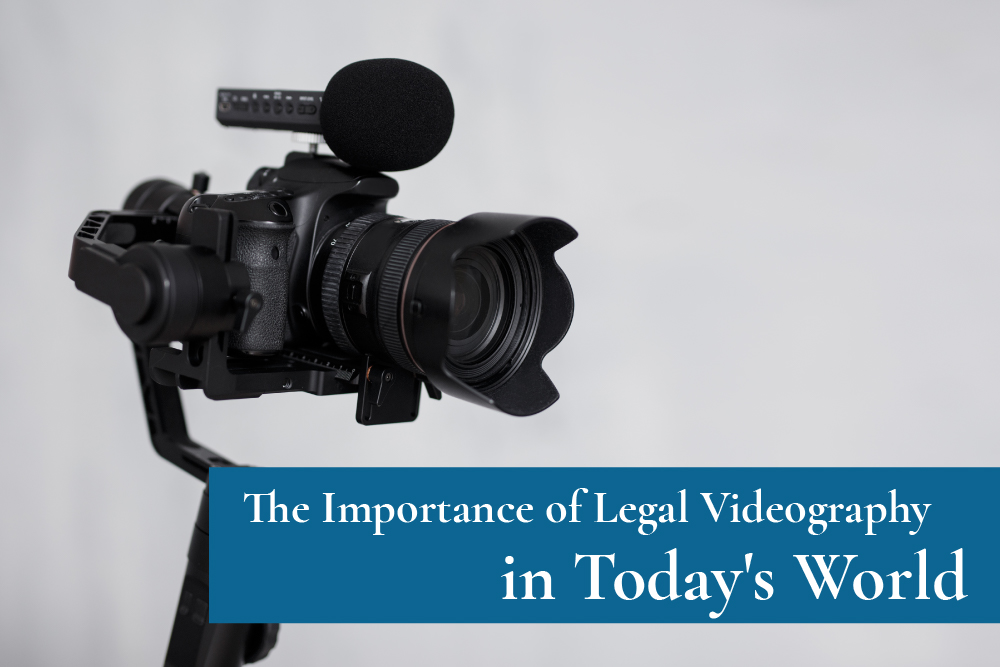Understanding the Value of Videography in Legal Proceedings
The combination of videography into lawful procedures has actually become a significant factor in the presentation and analysis of evidence. By recording visual components such as body movement and facial expressions, videography boosts the narrative surrounding witness statements and can profoundly affect court understandings. As the legal landscape evolves, recognizing its effects on reliability and clarity becomes essential for attorneys. What finest techniques should be adopted to maximize its effectiveness, and exactly how might future improvements reshape this crucial facet of the judicial procedure?
Duty of Videography in Evidence
Videography plays a progressively critical role in legal process, serving as an effective medium for providing evidence. The integration of video recordings into the legal framework enables an extra vibrant depiction of truths, enabling jurors and courts to picture events as they took place. This visual documentation can incorporate an array of materials, including monitoring video, recorded witness statements, and expert demos, all of which can substantially improve the evidentiary landscape.
Among the main advantages of videography is its capacity to capture subtleties that may be lost in created accounts. Faces, body language, and situational context can supply necessary understandings, assisting to convey emotions and intentions that message alone can not. The use of video clip proof cultivates a much more appealing courtroom experience, potentially assisting jurors in comprehending complex instances.
As innovation developments, the high quality and accessibility of videographic proof have improved, making it an integral component of contemporary lawful techniques. Courts progressively recognize the worth of video clip as a trustworthy resource of details, triggering legal specialists to adapt their strategies for evidence presentation. Inevitably, videography serves not just to highlight realities however additionally to boost the total honesty of the judicial process.

Enhancing Reputation and Quality
A significant benefit of incorporating videography in legal proceedings is its ability to improve both credibility and clearness of proof presented in court. Videographic proof can record subtleties that written records may neglect, such as tone, body language, and context. This graph permits discretionary to much better understand the circumstances bordering the instance, thereby fostering a much more accurate understanding of the events in concern.

Additionally, the clarity afforded by videography lowers the chance of misinterpretation that can arise from textual summaries. This accuracy is specifically vital in complex instances, where details can be quickly misconstrued. Ultimately, by offering proof in an aesthetically available layout, videography not just enhances the integrity of the judicial process yet likewise supports educated decision-making by those involved in legal procedures.
Impact on Court Understanding
The addition of videographic evidence significantly affects court assumption, usually leading to extra engaged and informed considerations. Jurors are generally much more responsive to visual details, which can enhance their understanding of complex situations. Videography offers truths in a fashion that is both accessible and compelling, allowing jurors to link with the evidence on a much more individual degree.
Moreover, the capability to witness occasions as they happened can evoke emotional reactions that created transcripts or additional hints verbal testimonies might fail to generate. This emotional interaction can lead jurors to create more powerful viewpoints concerning the integrity of witnesses and the overall narrative of the situation. The visual representation of proof additionally aids in making clear ambiguities, making it simpler for jurors to understand the context and significance of the info presented.
Additionally, videography can function as a powerful tool for narration, enabling attorneys to build an influential story that resonates with the jury. When jurors can picture situations and witness key minutes, their capability to purposeful thoughtfully and reach a well-informed decision is dramatically boosted, ultimately affecting the end result of lawful proceedings.
Best Practices for Legal Videography
Applying ideal practices in legal videography is essential for guaranteeing that aesthetic evidence is both trustworthy and reliable in the courtroom. Pick certified experts that specialize in legal videography to ensure the technical quality of the recordings. This includes utilizing high-resolution cams and expert sound tools to catch clear visuals and audio.
Second, preserve correct paperwork throughout the recording procedure. This involves developing a detailed log that includes timestamps, summaries of the content, and the identities of all people present. Such documents can reinforce the credibility of the video.

In addition, consider using suitable editing techniques. While it is essential to maintain the initial material, small modifications for clearness-- such as enhancing audio degrees-- can boost the total presentation without altering the compound.
Future Trends in Legal Videography
As legal videography proceeds to evolve, emerging modern technologies and methodologies are shaping the future landscape of visual evidence in the court room (Legal Videography). One significant pattern is the integration of high-definition and 4K video quality, enhancing the quality and detail of tape-recorded statements and proof. This enhanced resolution aids jurors in thoroughly evaluating the reliability of witnesses and the subtleties of the here and now materials
Furthermore, using man-made knowledge (AI) in video clip analysis is acquiring grip. AI tools can help in identifying essential minutes in footage, generating records, and also analyzing non-verbal interaction, which offers much deeper insights into witness trustworthiness. Virtual truth (VIRTUAL REALITY) and increased truth (AR) are positioned to transform exactly how evidence is provided, enabling jurors to submerse themselves in criminal activity scenes or situations, consequently fostering a much more extensive understanding of the context.
Conclusion
In summary, videography acts as an important tool in lawful process, improving the discussion of proof and enhancing the general understanding of situations. By recording non-verbal cues Full Article and bolstering the credibility of witness accounts, videography substantially affects jury understanding and decision-making procedures - Legal Videography. Complying with best techniques makes sure the performance of legal videography, while emerging fads promise to further increase its role in the judicial system, inevitably promoting a much more enlightened and engaged lawful setting
Videography plays a significantly critical function in legal proceedings, click this link offering as a powerful tool for providing proof.A considerable advantage of integrating videography in legal proceedings is its ability to improve both integrity and quality of proof presented in court. Inevitably, by offering proof in a visually obtainable style, videography not only enhances the integrity of the judicial procedure yet likewise supports educated decision-making by those entailed in legal process.
In summary, videography serves as an important tool in lawful proceedings, boosting the discussion of evidence and improving the general understanding of situations. Legal Videography. Adhering to ideal methods ensures the performance of legal videography, while emerging patterns guarantee to further enhance its function in the judicial system, inevitably cultivating an extra informed and engaged lawful atmosphere
Comments on “Legal Videography: Making Sure Precision and Clearness in Legal Testimonies”